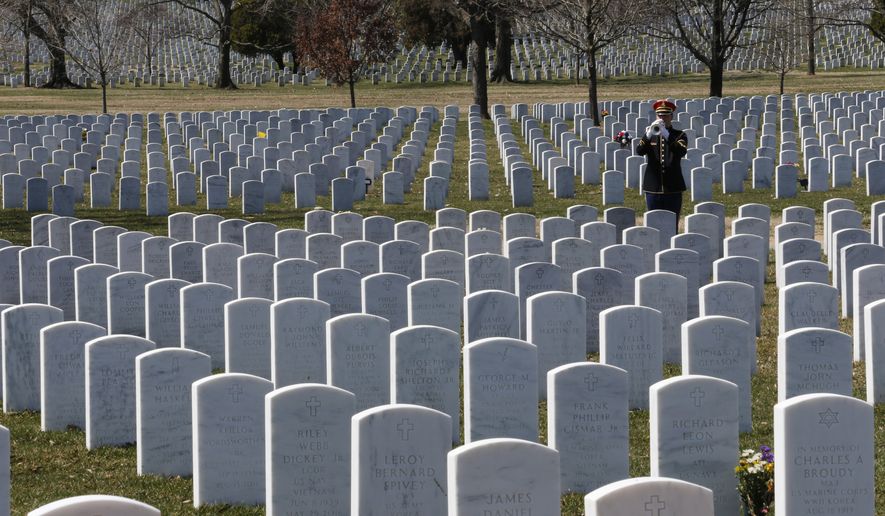A federal plan to build up to 18 veteran cemeteries by the end of 2017 is so far behind schedule that it will take a decade to complete the project, according to the Government Accountability Office.
The GAO found that the main obstacle to the Department of Veterans Affairs (VA) and its National Cemetery Administration (NCA) project has been buying land, noting that cost estimates for some sites have more than doubled since being proposed.
“It is commendable that the VA is focusing time and resources on this important issue of ensuring reasonable access for burial options to the country’s veteran population. But the bottom line is, we are concerned that their plans are taking longer and costing significantly more than they originally thought,” Diana Maurer, director of the GAO’s Defense Capabilities and Management team, told The Washington Times.
The new cemeteries include urban and rural locations and have been proposed for California, Idaho, Illinois, Indiana, Maine, Montana, Nevada, New York, North Dakota, Utah, Wisconsin, Wyoming. As of late last month, new cemeteries had been completed in only two locations — Laurel, Montana, and Fargo, North Dakota.
The GAO report comes after the Army last month announced new rules to restrict who can be buried at Arlington National Cemetery, which is running out of space for gravesites.
Under current Army regulations, nearly all of the nation’s 22 million living service members and veterans are eligible for burial at the cemetery. The new rules would limit in-ground burials only for presidents and vice presidents, those killed in action and certain decorated veterans. Veterans who retired from active duty will be able to have their cremated remains kept in above-ground urns.
The proposed restrictions are expected to keep the cemetery, which has an average of 25 burials a day, functional for another 150 years.
The Army manages Arlington National Cemetery, while the Department of Veterans Affairs is responsible for 137 cemeteries in 40 states.
The VA’s program to build additional burial grounds stemmed from a study it undertook earlier this decade that found “approximately 10 percent of the veterans in the United States, or over 2.1 million veterans, did not have reasonable access to burial options in a veterans cemetery.”
Officials then defined reasonable access to a cemetery within 75 miles of a veteran’s residence, with a goal of building up to 18 graveyards to meet that standard. The project was intended to conclude in 2017, Ms. Maurer said.
According to the GAO, cost estimates for those cemeteries have increased by more than 200%, from about $7 million to $24 million.
National Cemetery Administration officials admitted they “might have overstated” their goals for completing the project by 2017, the GAO said.
• Dan Boylan can be reached at dboylan@washingtontimes.com.




Please read our comment policy before commenting.